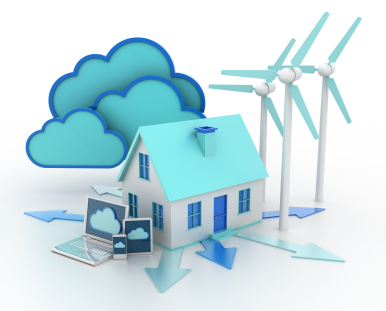The Future of TOSCA and NFV
By: Michael Brenner

The Future of NFV Standards is... Just Enough Standards.
“There are great advantages in economy and efficiency to be won from standardization and unification... but there are grave dangers, also. The worst of these is timid thinking at the top, too much caution in a changing world, too much faith in committees, too little in bold, imaginative plans, too much "leaving it to solve itself".
Not my words, but those of Mr. John Elliot, president of the Institute of Transport, who made this observation back in 1954. “There was,” he added, “not one great transport achievement on record that did not owe its existence to the vision, energy and competence of one or two gifted individuals.”
I think this equally applies when we discuss NFV and NFV MANO standardization: it needs to avoid adding constraints to innovation.
This write-up explores open standards, open source specifications, dangers of over-standardization, and what may constitute just enough standards for NFV.
Since terms are frequently overloaded, I will start by clarifying my interpretation.
Standards
In the Telco world, with a long tradition of objectives of service excellence in terms of reliability, availability, continuity and scale, standards are extremely important, and one of the key reasons for the need of standardization is interoperability – the ability for operators to mix and match hardware and software products from different vendors to achieve their objectives.
Standards can emerge from a single company and become “de facto” standards by adoption (e.g.TCP/IP started that way). Regulatory bodies drive “de jure” standards (e.g. ISO). “De facto” standards turn sometimes into “de jure” standards. Most frequently, standards are developed through some form of a consensus process between members of a Standard Development Organization (SDO), typically representing both public and private sectors. Many refer to this last category as “open standards”. But the word “open” is so imprecise, and not all “open standards” are equally open.
Open Standards
Most, including myself, would concur with the main body of the definition provided by ITU-T:
"Open Standards" are standards made available to the general public and are developed (or approved) and maintained via a collaborative and consensus driven process.





















